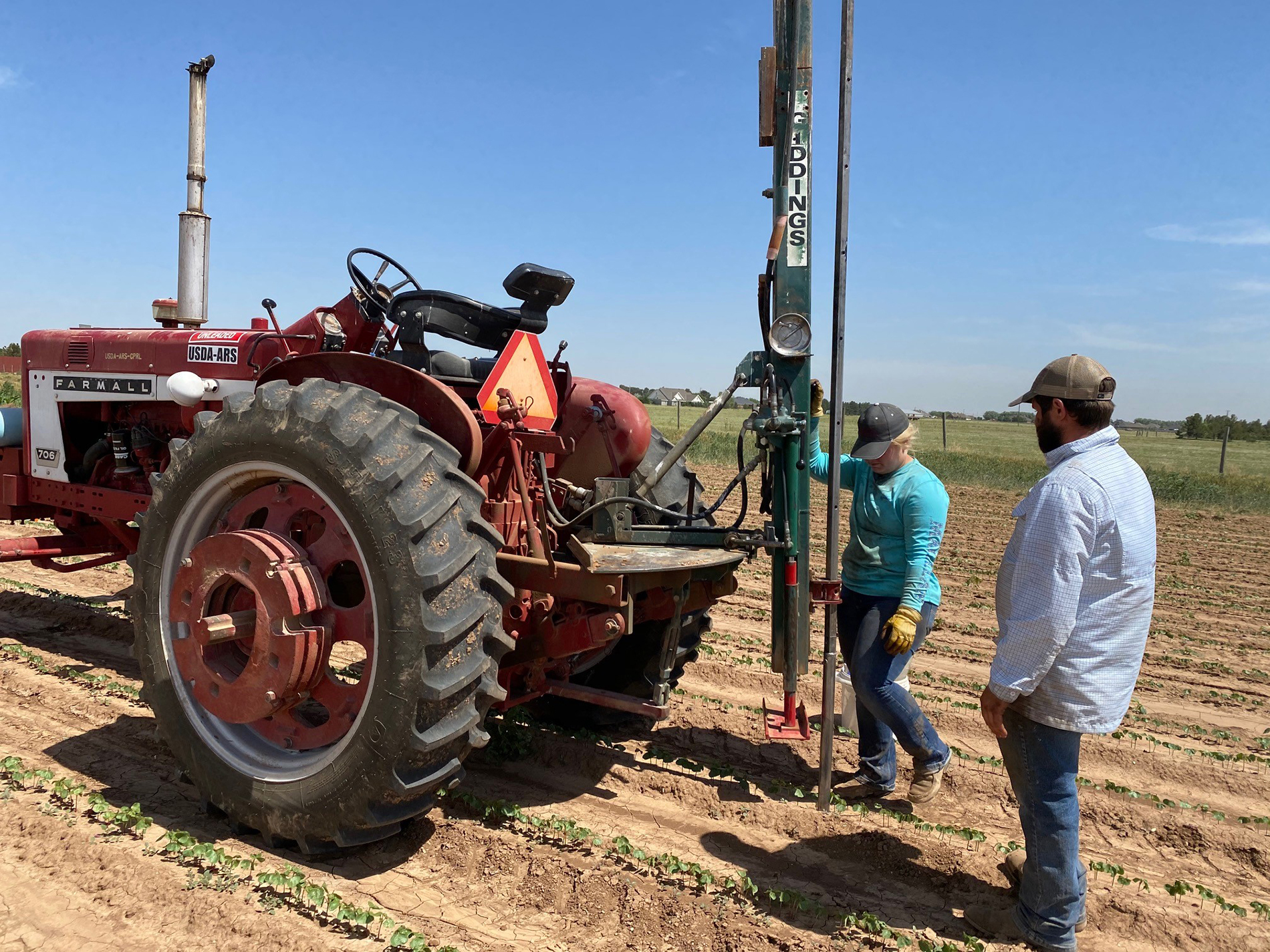Texas A&M veterinary lab wraps up chronic wasting disease surge testing
Emergency order requires performing more than 11,500 tests in 12 weeks
The Texas A&M Veterinary Medical Diagnostic Laboratory, TVMDL, recently accomplished a testing milestone in the ongoing battle to curb the deadly disease in white-tailed deer known as chronic wasting disease, CWD.

In June, a 120-day emergency order was enacted by the Texas Parks and Wildlife Department, TPWD, in an effort to mitigate the spread of CWD across Texas’ captive deer populations. The order required deer breeders to test all deer for CWD prior to sale or release. This resulted in an unprecedented surge in demand for the antemortem immunohistochemistry, IHC, test run at TVMDL, the only laboratory authorized to perform this testing in Texas.
“TVMDL was established to protect animal and human health through veterinary diagnostics, and we are fortunate to have the capabilities to ramp up our services to provide testing for large-scale events when needed,” said Amy Swinford, DVM, TVMDL director.
Chronic wasting disease by the numbers
CWD, a naturally occurring prion disease, similar to bovine spongiform encephalopathy, BSE, in cattle and scrapie in sheep and goats, has a relatively short history in Texas. Compared to other states where the disease has ravaged deer herds for decades, CWD was first detected in Texas in free-ranging mule deer in 2012 and in captive white-tailed deer in 2015.

Since then, the state’s approximate 1,200 deer breeders, in addition to those charged with protecting Texas’ wild deer populations, have worked diligently to mitigate the disease’s spread.
At TVMDL, samples for CWD are tested by one of two methods: enzyme-linked immunosorbent assay, ELISA, which is performed on postmortem specimens, and immunohistochemistry, IHC, which is performed on both postmortem and antemortem samples.
As the emergency order applied to live deer, TVMDL was required to performed IHC testing on samples collected antemortem. During an average year, TVMDL performs roughly 11,000 IHC tests. During the testing period of the emergency order, TVMDL performed 11,535 tests, effectively testing a year’s worth of samples in 12 weeks.
Tackling the chronic wasting disease testing challenge
When TVMDL learned of the impending challenge imposed by the emergency rule, the agency quickly began planning for the resources that would be required to ramp up testing. Thanks to The Texas A&M University System and TPWD, TVMDL acquired additional personnel and equipment to enhance their existing testing services. Using these additional resources, TVMDL developed multiple work shifts that stretched across the week and weekend. This workflow ensured tests were received, processed and tested quickly and efficiently.
“Throughout the testing surge, we were able to provide most clients results within our published turnaround time,” Swinford said. “This would not have been possible without the dedication of our staff.
“In addition to newly hired temporary employees, we had staff from multiple testing sections volunteer for overtime to assist those in the receiving and histopathology sections,” she said. “One of our retired pathologists even came out of retirement to help evaluate slides. This was truly an agency-wide effort, supported by our Texas A&M University System partners and Texas Parks and Wildlife.”
Surge testing at TVMDL
Over the agency’s 50-plus year history, TVMDL has performed testing for several large-scale disease outbreaks and events such as anthrax, pet food recalls, avian influenza and canine influenza. Most recently, TVMDL was instrumental in providing COVID-19 testing of animals as well as humans.
The agency is part of the National Animal Health Laboratory Network, NAHLN, a group of state and regional laboratories that perform surveillance testing for high-consequence agricultural and zoonotic pathogens. As a NAHLN member, TVMDL has the proven capabilities to perform diagnostic testing in the event of a large-scale testing surge.
For more information on TVMDL, visit tvmdl.tamu.edu or call one of the agency’s four laboratories.
This story first appeared on the Texas A&M Veterinary Medical Diagnostic Laboratory’s website.




